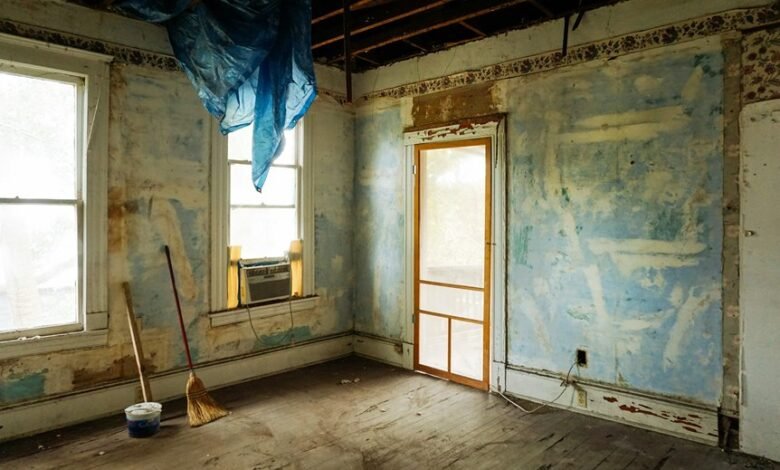Hydra Demolition: Updates on the Demolition of Hydra

The demolition of Hydra is advancing with a clear focus on safety and community involvement. Recent updates indicate the introduction of enhanced safety protocols while adjustments to the timeline aim to streamline operations. This initiative addresses public safety concerns and urban development needs. As the project progresses, questions arise regarding the preservation of Hydra’s cultural significance and future plans for the site, prompting a closer examination of the balance between progress and heritage.
Latest Developments in the Demolition Process
As the demolition process for the Hydra project progresses, several key developments have emerged that are reshaping the timeline and methodology.
New safety measures have been implemented to ensure worker protection, minimizing risks associated with the demolition.
Consequently, adjustments to the demolition timeline have become necessary, reflecting a commitment to prioritizing safety while maintaining efficiency in the project’s overall execution.
Reasons Behind the Decision to Demolish
What factors contribute to the decision to demolish a long-standing structure like Hydra?
Primarily, concerns for public safety have emerged, as the building’s condition poses risks to nearby residents.
Additionally, urban development initiatives require space for modern infrastructure, fostering economic growth.
This combination of safety issues and the desire for revitalization ultimately drives the decision to proceed with the demolition of Hydra.
Historical Significance of Hydra
The historical significance of Hydra extends beyond its architectural features, reflecting a rich tapestry of cultural and social evolution.
This island has served as a hub for artistic expression and maritime trade, embodying a unique cultural heritage.
Its architectural impact, characterized by well-preserved stone structures, highlights the interplay between tradition and modernity, contributing to a broader understanding of Greece’s historical narrative and communal identity.
Future Plans for the Site
While plans for the site continue to evolve, stakeholders are focusing on a sustainable approach to ensure that future developments respect Hydra’s rich historical and cultural context.
Redevelopment opportunities are being carefully considered, emphasizing the importance of community engagement. By fostering collaboration among local residents and experts, the aim is to create a space that reflects both progress and heritage.
Conclusion
As the demolition of Hydra progresses, the focus remains on safety and community involvement, paving the way for a revitalized urban landscape. With careful planning and respect for Hydra’s cultural heritage, the initiative promises to enhance infrastructure and stimulate economic growth. Will the transformation of this historic site ultimately honor its legacy while meeting the needs of a modern community? The upcoming developments hold the potential to reshape the area and foster a renewed sense of identity.





